Few topics are more likely to become the talk of the steamie than mergers and acquisitions (M&A).
The numbers alone are enough to set tongues wagging.
Figures from credit reference agency Experian show Scotland notched up 394 M&A deals last year.
They were worth a total of nearly £7.4 billion but this was down significantly from £24.8bn in 2022, when combined deal values reached the highest figure since 2009.
Bigger deals tend to skew figures
Granted, the numbers fluctuate from year-to-year.
Figures often depend on how many mega-deals are completed in the oil and gas industry.
We saw one example of such deals last spring. Spanish giant Repsol announced it was acquring Chinese partner Sinopec’s stake in their Aberdeen-based joint venture for £1.68bn, following a lengthy legal tussle.
But what happens at the other end of the scale?
Where do entrepreneurs and other small business owners turn to when they need to raise funds to mount a takeover bid?
Alan Hamilton, a corporate finance partner at Aberdeen-based accountancy firm Johnston Carmichael, has highlighted three main options:
- Using cash reserves from within the business
- Ttaking on debt by borrowing money
- Diluting equity by selling shares
Mr Hamilton said: “Many businesses have stored up cash over the past two or three years, and so are sitting with dry powder.
“Other companies may rely on a mixture of cash and taking on debt.
“If they’ve capped out with the debt angle, they may look at bringing in further investors.”
A cash flow forecast will examine revenue and profits, not just from the existing business but also the takeover target.
Mr Hamilton added: “When you’re forecasting, it’s not just a case of A plus B equals C.
“Invariably, when one business is buying another there are potential costs savings from combining back-office functions.”
That balance between using cash from profits retained in businesses versus borrowing money has changed during the past year.
External factors impacting M&A
Soaring inflation triggered by the end of the coronavirus pandemic lockdowns and accelerated by Russia’s invasion of Ukraine and the ensuing energy crisis led the Bank of England to raise its base interest rate from its artificially low level – despite most of the UK’s inflation coming through imports.
Higher interest rates and the withdrawal of the cheap money through quantitative easing has pushed up the cost of borrowing money for both businesses and households.
This has prompted potential buyers to re-examine how they fund M&A.
The worst thing a business can do is use all its cash for an acquisition or capital expenditure, and then realise it needs working capital.”
Alan Hamilton, Johnston Carmichael
Mr Hamilton said: “Businesses need to examine what cash resources they have and what cash resources they need on a day-to-day, month-to-month basis in terms of operating.
“The worst thing a business can do is use all its cash for an acquisition or capital expenditure, and then realise it needs working capital to run operations day-to-day.”
With the Bank of England base rate sitting at 5.25%, and lenders looking for a profit margin of somewhere between 3.5% and 4.5%, the cost of borrowing has become comparatively expensive.
High street banks are no longer the only game in town.
“Part of the fallout from the global financial crisis was that high street banks pulled back from all sorts of lending,” Mr Hamilton said.
New kids on the block
He added: “This led to an influx of alternative lenders, including the so-called ‘challenger banks’, many of which – like Shawbrook – have now become more mainstream.
“There are also dozens of debt funds out there, which are funded by pension funds and institutional investors, and which target the M&A market.
“The debt is priced higher than traditional bank debt, but it’s also more flexible.
“So, a business could make a series of acquisitions – like we’re seeing in the wealth management sector at the moment – and perhaps wouldn’t have to repay the principal sum until the end of the five-year term.
“Those debt funds range in size as well. The bigger ones are talking about lending tens or hundreds of millions of pounds at a time, while those at the smaller end are happy to lend, say, between one and 10 million (£).
“With the price of borrowing having risen in the past year, it’s made equity investment more attractive.”
As well as the debt market changing, there are different players in the equity market too, alongside traditional private equity houses.
BGF is UK’s most active equity investor
One of the most visible entrants has been BGF (formerly the Business Growth Fund).
It was launched in 2011 by Barclays, HSBC, Lloyds, Royal Bank of Scotland and Standard Chartered to invest £2.5 billion of “growth capital” in businesses, in return for a minority stake and seat on the board.
“Growing businesses are a beacon to everyone else who’s starting out” says @sfwelton #BGFportfolioday
— BGF (@BGFinvestments) September 22, 2021
Experian’s latest figures rank BGF as the most active equity investor in the UK during the nine months to September 30 2023.
Other well-kent faces making the top 10 including Scottish Enterprise and Maven Capital Partners, which emerged from Aberdeen Asset Management in 2009 through a management buyout, and was acquired by wealth manager Mattioli Woods in 2021.
BGF’s approach to M&A deals
Keith Barclay, an investor in BGF’s Aberdeen office, said: “We go out and meet businesses and that leads to some of our investments.
“Other opportunities are introduced to us by advisors, mainly corporate finance teams at accountancy firms.
“The maximum stake we will ever take is 40%, with our initial investment typically being between 15% and 25% – that gives us the flexibility to offer further funding.”
Mr Barclay added: “The size of business ranges from £4 million to £300m turnover.
“There are no fixed parameters as to what the financials need to look like, but our investment size is broadly anywhere from £2m up to £15m.”
Before companies get to the M&A stage, “business angel” syndicates – usually composed of high net-worth individuals with cash to invest in early-stage businesses – have a role to play in growing firms to get them ready for a sale.
Moray ‘angel’ has advice for investors
Tricapital is a Scotland-wide syndicate that last year invested in Kaly, the Skye-based company developing a seaweed farming industry on the west coast.
Moray Martin, Tricap’s Elgin-born chief executive, said: “At the pre-investment stage, most investors ask: ‘What’s your exit strategy?’.
“I take a different approach – I tell them: ‘Let’s focus on building a high-quality company that’s on a steep growth trajectory. If you do that, the exit will find you’.”

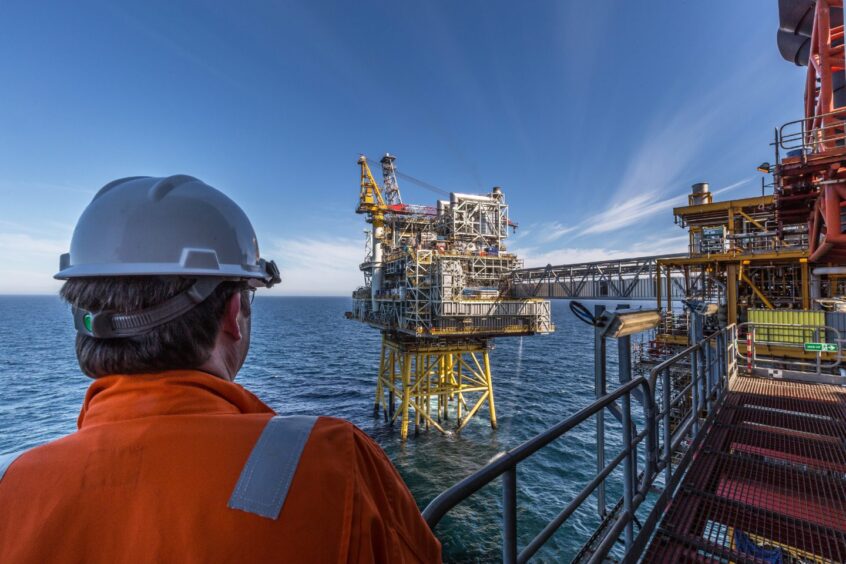
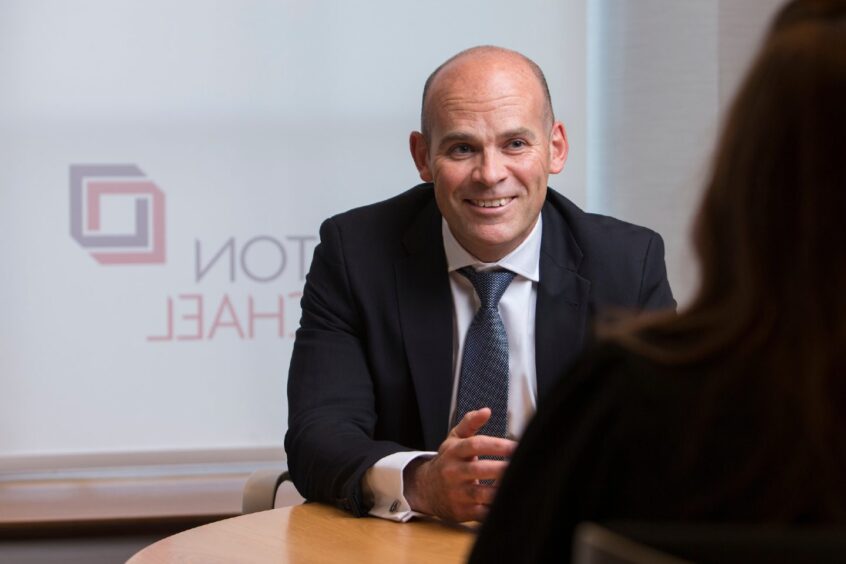
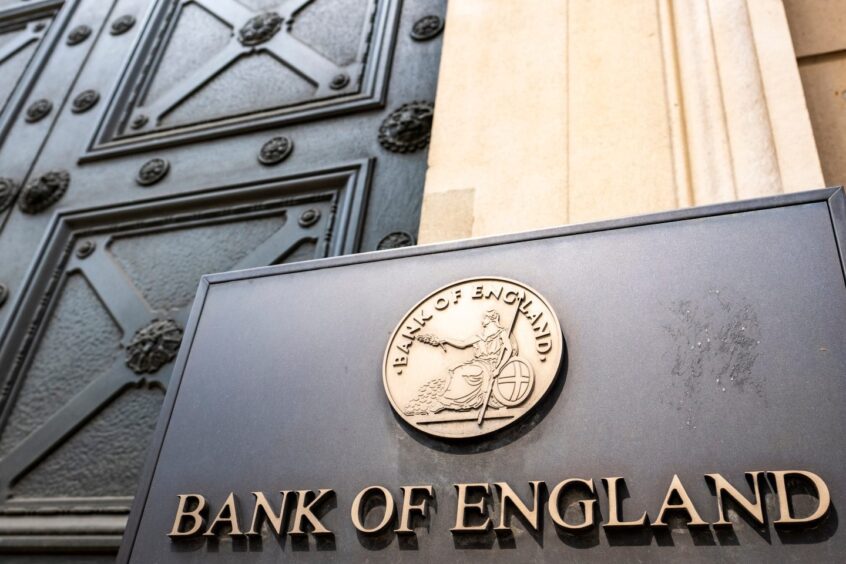
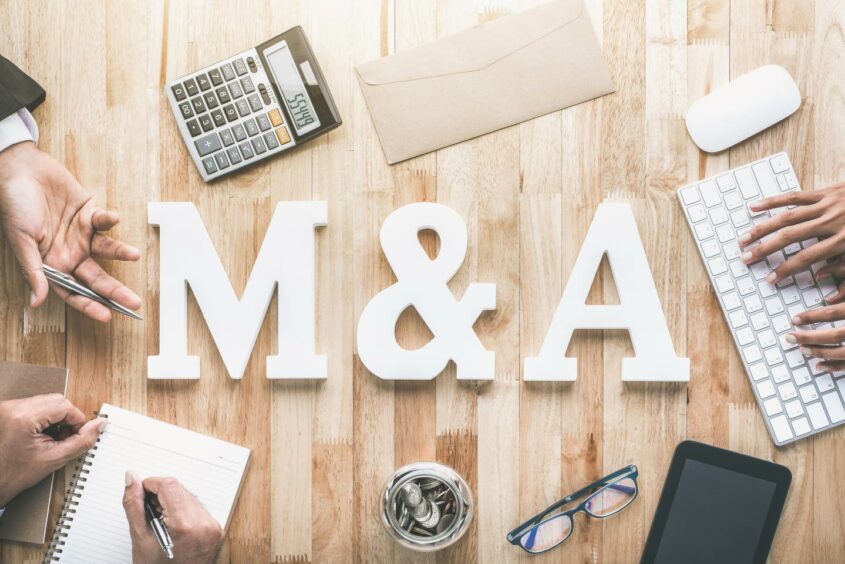
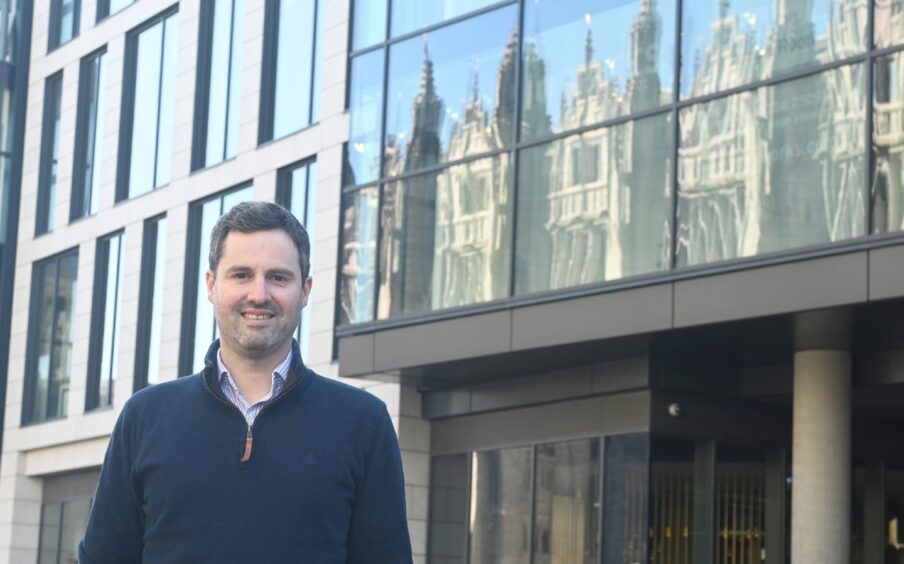
Conversation